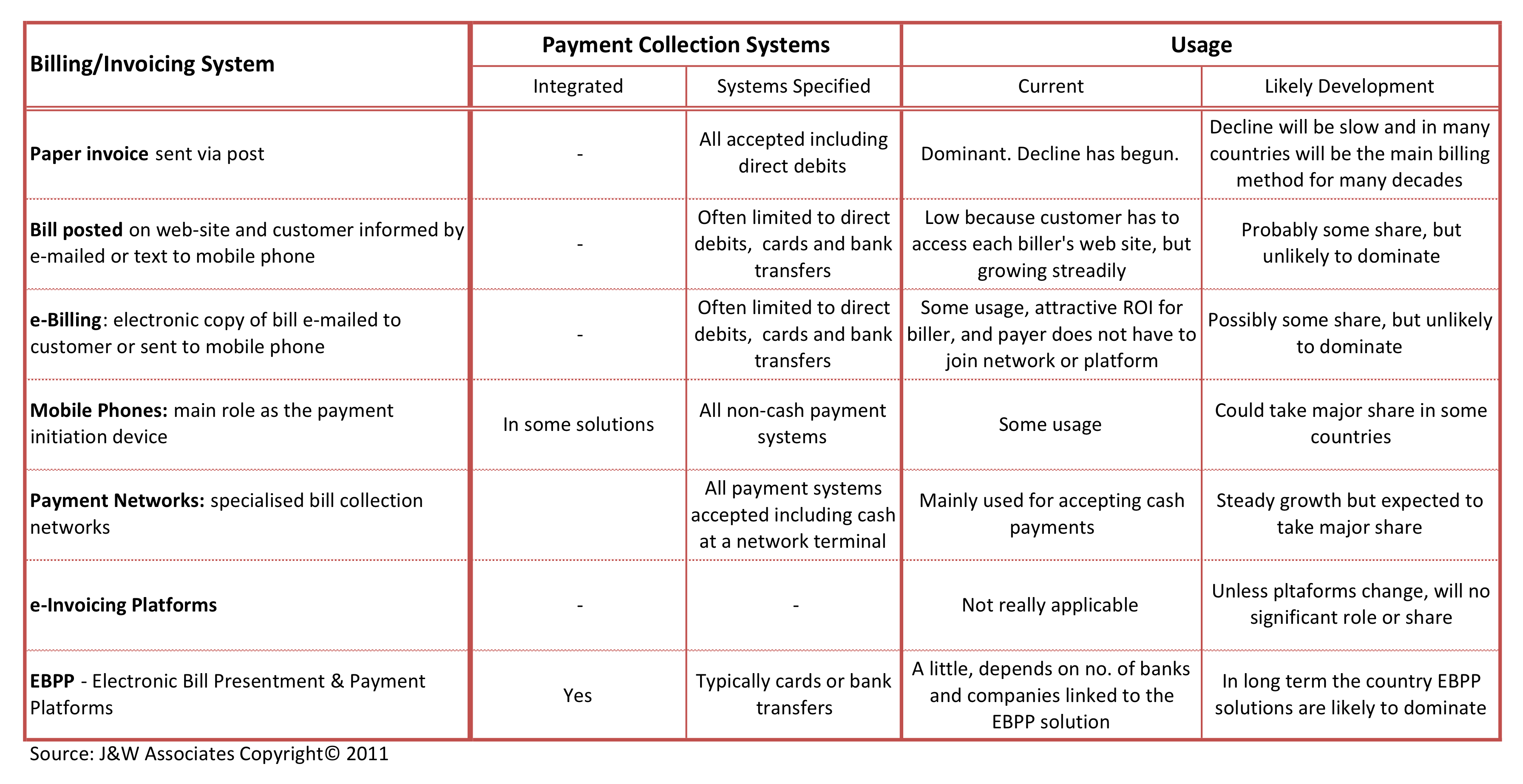
You can also invest in other things, if you are starting a new job or you just want to learn how to invest 10k. Lucrative returns can be achieved through art, crypto, property, and even arts. What can you do if you have only a few hundred dollars? This guide will provide an overview of some of most popular ways to invest your money. Continue reading to discover your options. However, before you begin investing, ensure that you are familiar with the tax benefits associated with each investment.
Investing in real estate
"How do I invest 10k in property?" It may seem difficult, but it is actually not as hard as you might think. There are many different ways to invest in realty. The best place to start is in your home. It is a good idea to have at least six months' worth of expenses in savings, in case you need to make a down payment. Renting a property is another way to make money.

Investing in art
Your portfolio can be diversified by art. The art market is not liquid so you cannot count on it to increase your portfolio. In addition, auction houses and brokers charge hefty fees. This article gives you some ideas for investing in art. Continue reading to find out more. Be sure to weigh the pros and cons before you decide. You should also consider investing in art as an investment, not just for retirement.
Investing in crypto
How much money should you invest in crypto? This is one of the most difficult questions to answer when considering investing in crypto. The reason is that cryptocurrency is very volatile. Prices can vary by as much as 50% in a single day and as little as 10% in a single hour. This fluctuation is due to speculation as well supply and demand. The amount of coins released to the market determines the supply of an asset. The price of an asset will drop if there is more supply. It doesn't matter why you invest, the risks are not to be underestimated.
Investing In Stocks
It is recommended that you invest at least 10k in long-term instruments such as bonds, stocks, and index funds. In recent years, however, this traditional approach has become less popular among younger investors. The focus now is on stocks. However, before you invest more than $10,000 in stocks, it is crucial to understand your risk tolerance. Here are some tips for finding the right stocks in your investment portfolio. 1. Diversify your portfolio

Investing in an Emergency Fund
There are many ways you can invest the money in your emergency fund. You can invest in stocks, bonds or other investments such as crypto and fine arts. Bonds were once the most popular option for investment, but people are turning to other options. Stocks held in a tax-advantaged account can earn interest without tax. However, stocks are not as liquid and can be subject to tax penalties if you withdraw too early.
FAQ
How can I manage my risk?
Risk management refers to being aware of possible losses in investing.
An example: A company could go bankrupt and plunge its stock market price.
Or, a country's economy could collapse, causing the value of its currency to fall.
When you invest in stocks, you risk losing all of your money.
Remember that stocks come with greater risk than bonds.
A combination of stocks and bonds can help reduce risk.
Doing so increases your chances of making a profit from both assets.
Spreading your investments over multiple asset classes is another way to reduce risk.
Each class is different and has its own risks and rewards.
Stocks are risky while bonds are safe.
So, if you are interested in building wealth through stocks, you might want to invest in growth companies.
You might consider investing in income-producing securities such as bonds if you want to save for retirement.
How can I grow my money?
It's important to know exactly what you intend to do. If you don't know what you want to do, then how can you expect to make any money?
Additionally, it is crucial to ensure that you generate income from multiple sources. This way if one source fails, another can take its place.
Money doesn't just magically appear in your life. It takes planning, hard work, and perseverance. It takes planning and hard work to reap the rewards.
How do I start investing and growing money?
Learning how to invest wisely is the best place to start. By learning how to invest wisely, you will avoid losing all of your hard-earned money.
You can also learn how to grow food yourself. It's not nearly as hard as it might seem. You can easily grow enough vegetables to feed your family with the right tools.
You don't need much space either. Make sure you get plenty of sun. Try planting flowers around you house. They are easy to maintain and add beauty to any house.
You can save money by buying used goods instead of new items. Used goods usually cost less, and they often last longer too.
What types of investments are there?
There are many types of investments today.
Some of the most popular ones include:
-
Stocks: Shares of a publicly traded company on a stock-exchange.
-
Bonds – A loan between parties that is secured against future earnings.
-
Real estate - Property that is not owned by the owner.
-
Options – Contracts allow the buyer to choose between buying shares at a fixed rate and purchasing them within a time frame.
-
Commodities: Raw materials such oil, gold, and silver.
-
Precious metals: Gold, silver and platinum.
-
Foreign currencies - Currencies other that the U.S.dollar
-
Cash - Money that is deposited in banks.
-
Treasury bills - A short-term debt issued and endorsed by the government.
-
Commercial paper - Debt issued to businesses.
-
Mortgages - Individual loans made by financial institutions.
-
Mutual Funds – These investment vehicles pool money from different investors and distribute the money between various securities.
-
ETFs: Exchange-traded fund - These funds are similar to mutual money, but ETFs don’t have sales commissions.
-
Index funds: An investment fund that tracks a market sector's performance or group of them.
-
Leverage is the use of borrowed money in order to boost returns.
-
ETFs - These mutual funds trade on exchanges like any other security.
These funds have the greatest benefit of diversification.
Diversification is when you invest in multiple types of assets instead of one type of asset.
This helps protect you from the loss of one investment.
Statistics
- If your stock drops 10% below its purchase price, you have the opportunity to sell that stock to someone else and still retain 90% of your risk capital. (investopedia.com)
- Most banks offer CDs at a return of less than 2% per year, which is not even enough to keep up with inflation. (ruleoneinvesting.com)
- 0.25% management fee $0 $500 Free career counseling plus loan discounts with a qualifying deposit Up to 1 year of free management with a qualifying deposit Get a $50 customer bonus when you fund your first taxable Investment Account (nerdwallet.com)
- Over time, the index has returned about 10 percent annually. (bankrate.com)
External Links
How To
How to properly save money for retirement
When you plan for retirement, you are preparing your finances to allow you to retire comfortably. It's the process of planning how much money you want saved for retirement at age 65. Consider how much you would like to spend your retirement money on. This includes travel, hobbies, as well as health care costs.
You don’t have to do it all yourself. Financial experts can help you determine the best savings strategy for you. They'll assess your current situation, goals, as well any special circumstances that might affect your ability reach these goals.
There are two main types of retirement plans: traditional and Roth. Roth plans allow you to set aside pre-tax dollars while traditional retirement plans use pretax dollars. The choice depends on whether you prefer higher taxes now or lower taxes later.
Traditional Retirement Plans
Traditional IRAs allow you to contribute pretax income. Contributions can be made until you turn 59 1/2 if you are under 50. You can withdraw funds after that if you wish to continue contributing. After turning 70 1/2, the account is closed to you.
If you already have started saving, you may be eligible to receive a pension. These pensions are dependent on where you work. Matching programs are offered by some employers that match employee contributions dollar to dollar. Some employers offer defined benefit plans, which guarantee a set amount of monthly payments.
Roth Retirement Plans
With a Roth IRA, you pay taxes before putting money into the account. Once you reach retirement age, earnings can be withdrawn tax-free. There are restrictions. You cannot withdraw funds for medical expenses.
A 401 (k) plan is another type of retirement program. These benefits may be available through payroll deductions. Additional benefits, such as employer match programs, are common for employees.
401(k) Plans
401(k) plans are offered by most employers. With them, you put money into an account that's managed by your company. Your employer will automatically contribute a percentage of each paycheck.
The money you have will continue to grow and you control how it's distributed when you retire. Many people want to cash out their entire account at once. Others may spread their distributions over their life.
You can also open other savings accounts
Other types of savings accounts are offered by some companies. At TD Ameritrade, you can open a ShareBuilder Account. With this account you can invest in stocks or ETFs, mutual funds and many other investments. You can also earn interest for all balances.
Ally Bank offers a MySavings Account. This account allows you to deposit cash, checks and debit cards as well as credit cards. You can also transfer money from one account to another or add funds from outside.
What Next?
Once you have a clear idea of which type is most suitable for you, it's now time to invest! Find a reliable investment firm first. Ask your family and friends to share their experiences with them. Also, check online reviews for information on companies.
Next, you need to decide how much you should be saving. This involves determining your net wealth. Your net worth is your assets, such as your home, investments and retirement accounts. It also includes liabilities like debts owed to lenders.
Once you know your net worth, divide it by 25. That is the amount that you need to save every single month to reach your goal.
If your net worth is $100,000, and you plan to retire at 65, then you will need to save $4,000 each year.